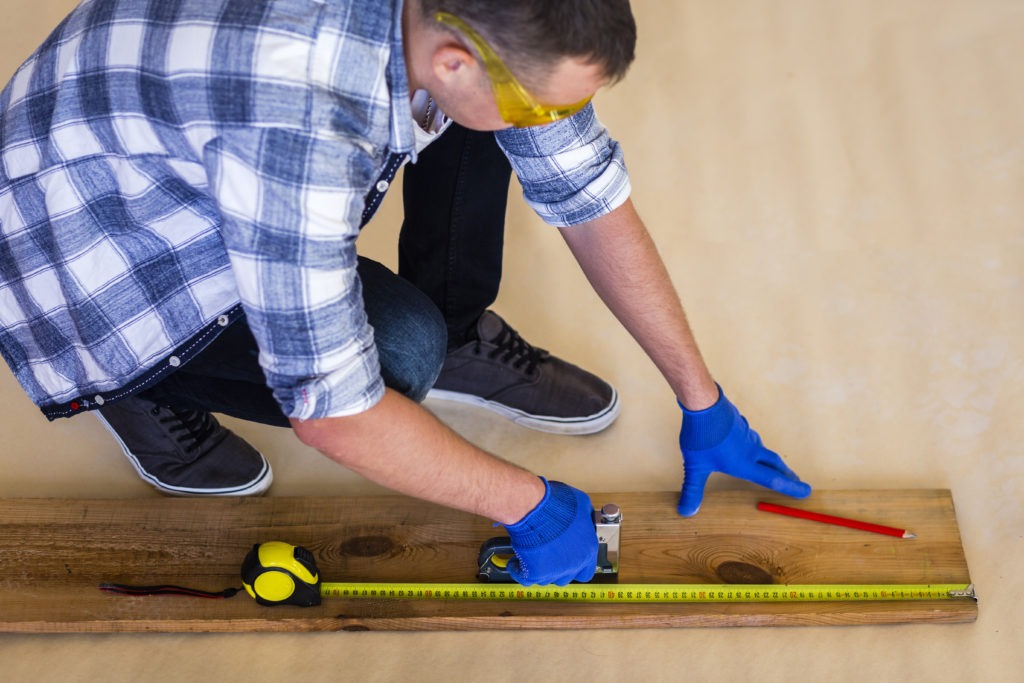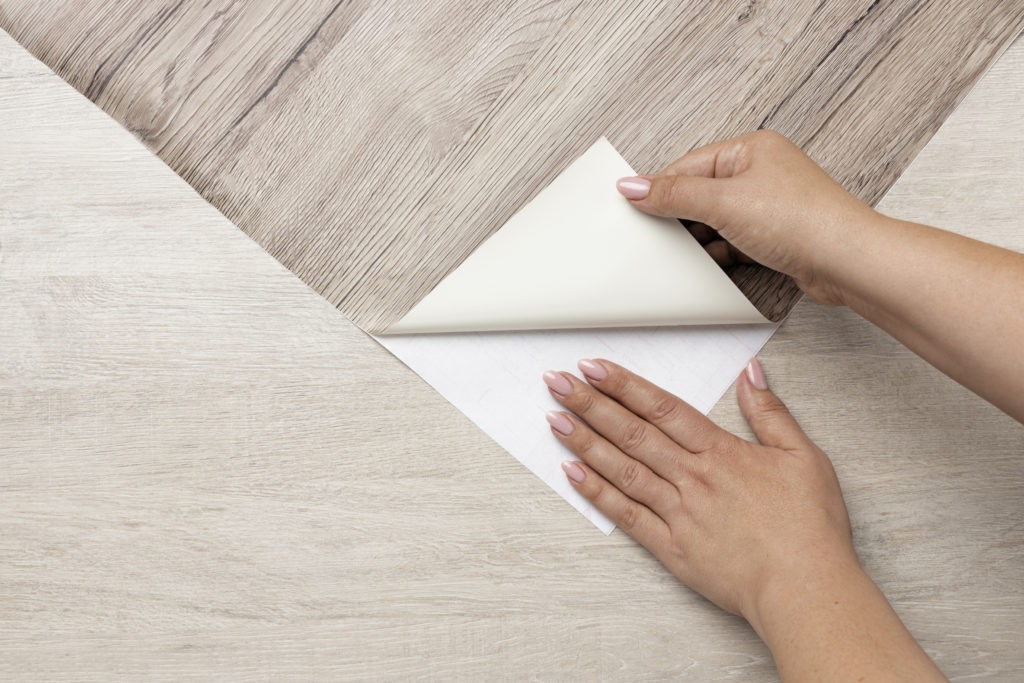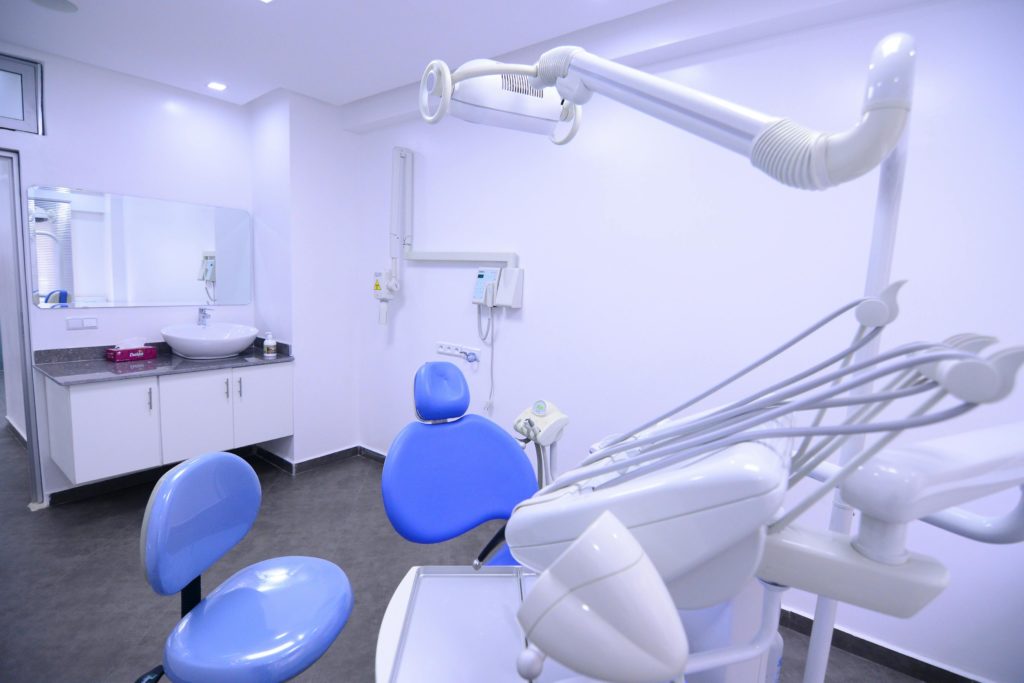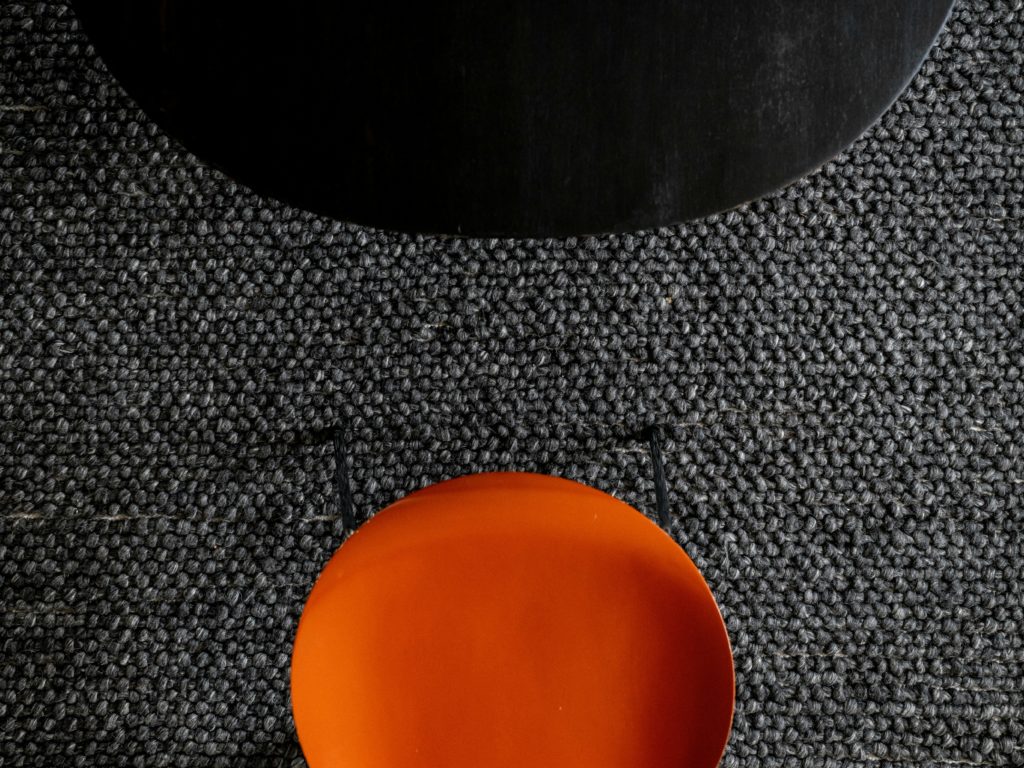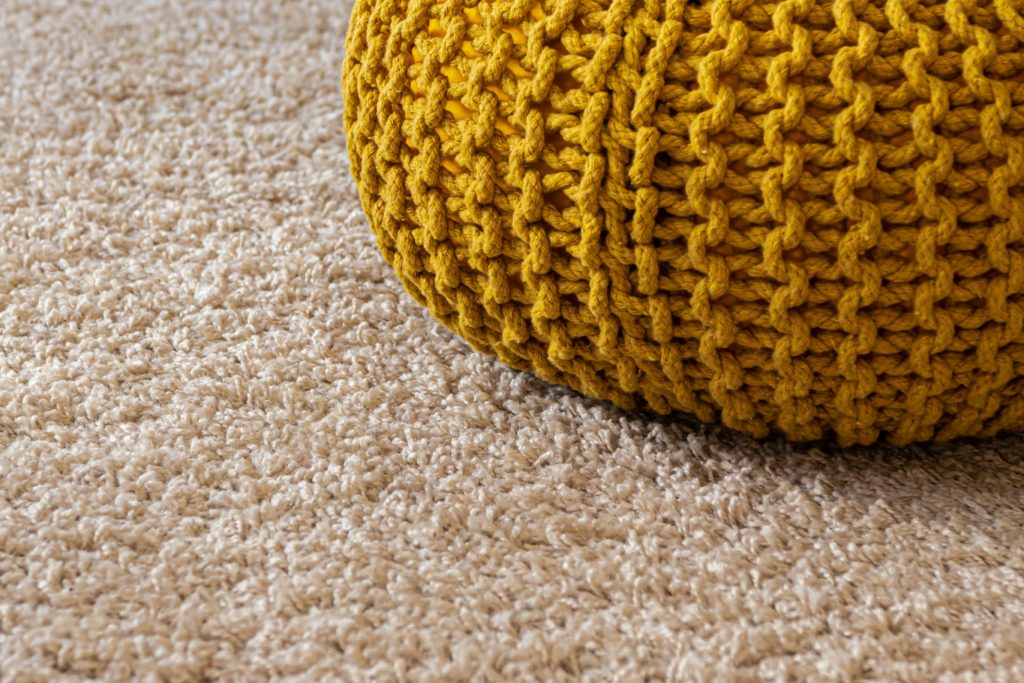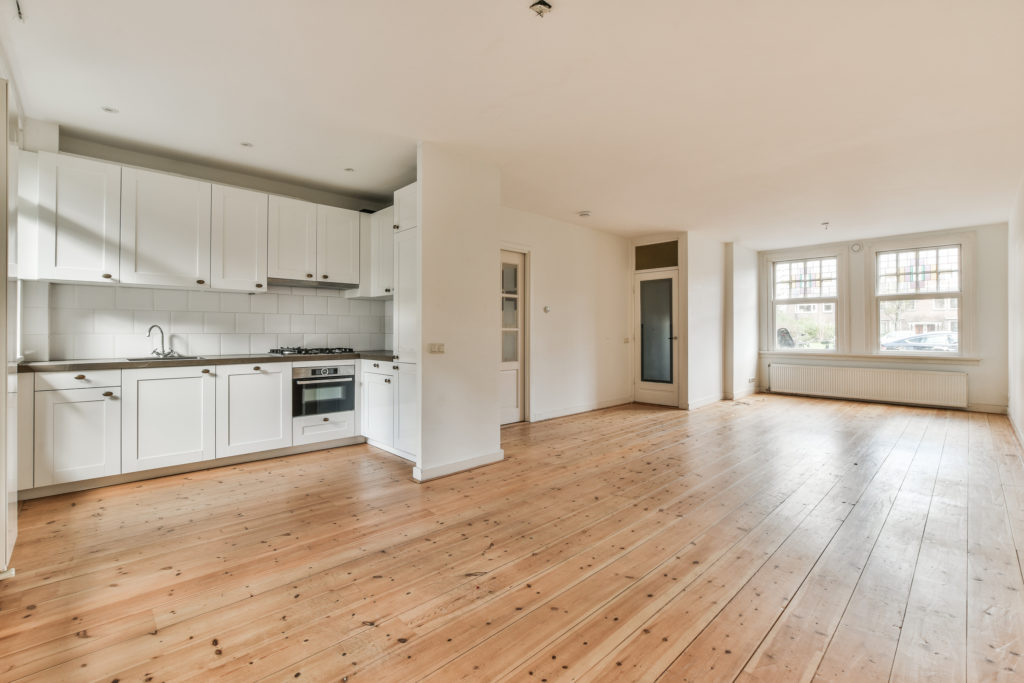Gorgeous hardwood floors perfectly capture a feeling of timelessness and classic style.
These wood floors are also healthier flooring options thanks to being hypoallergenic and easy to clean.
However, wood floors also need good maintenance to ensure they retain their eye-catching appearances for longer.
This includes weekly vacuuming, sweeping and mopping gently to ensure floors do not have any dirt or dust stuck on surfaces and between planks.
That being said, wooden floors can start showing some wear and tear over time.
In this guide, we look at whether you should consider replacing hardwood floors, or if you should merely look at options to restore wood floors.
How long does a hardwood floor last?
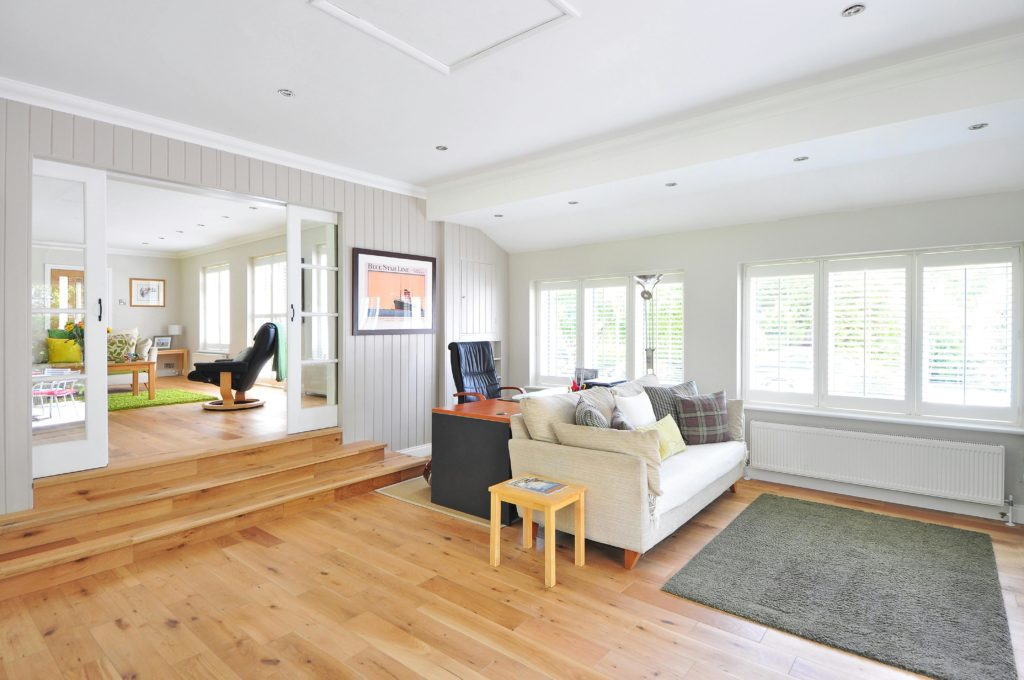
Choosing high quality materials and having a wooden floor installed by an expert floor fitting team can certainly guarantee longevity for an entire floor.
Premium solid hardwood flooring can easily last between 30 and 100 years, while an engineered wood floor has an average lifespan of 20 to 30 years.
Dedicated maintenance and cleaning, of course, play a crucial role in ensuring a wooden floor keeps on looking as good as new.
Is it worth restoring hardwood floors?
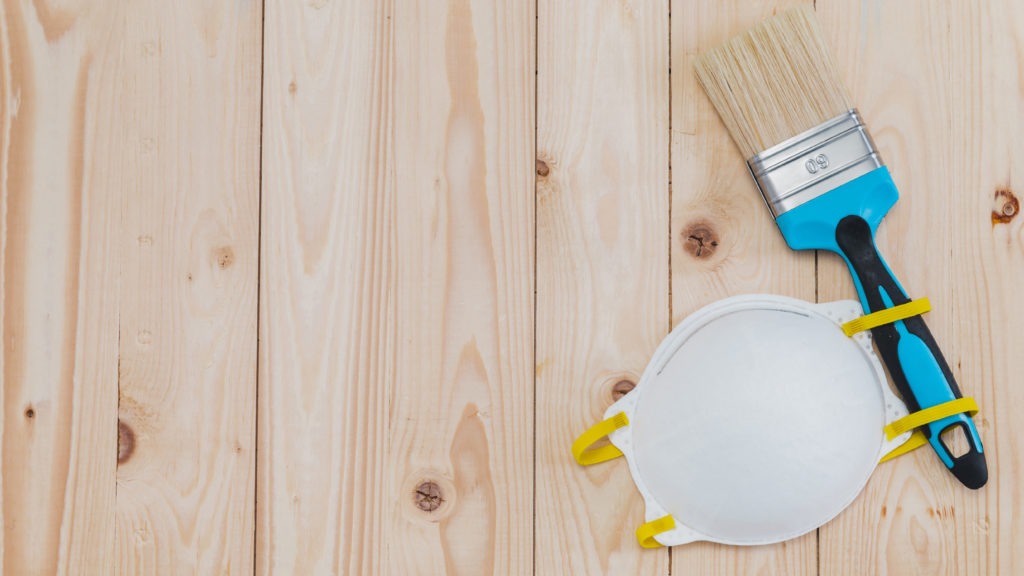
Refinishing is one of the best ways of restoring hardwood flooring that has some scratches or wear and tear from regular use and high foot traffic.
Typically, a refinishing job would include using sanding equipment on main flooring areas, edges and corners, as well as buffing, staining and applying a top coat.
Refinishing a hardwood floor would take about two days, but extra time needs to be factored in as well for the top coat to cure.
Also, never move any furniture back into a room until the hardwood floors are dry completely.
Should you refinish or replace hardwood floors?
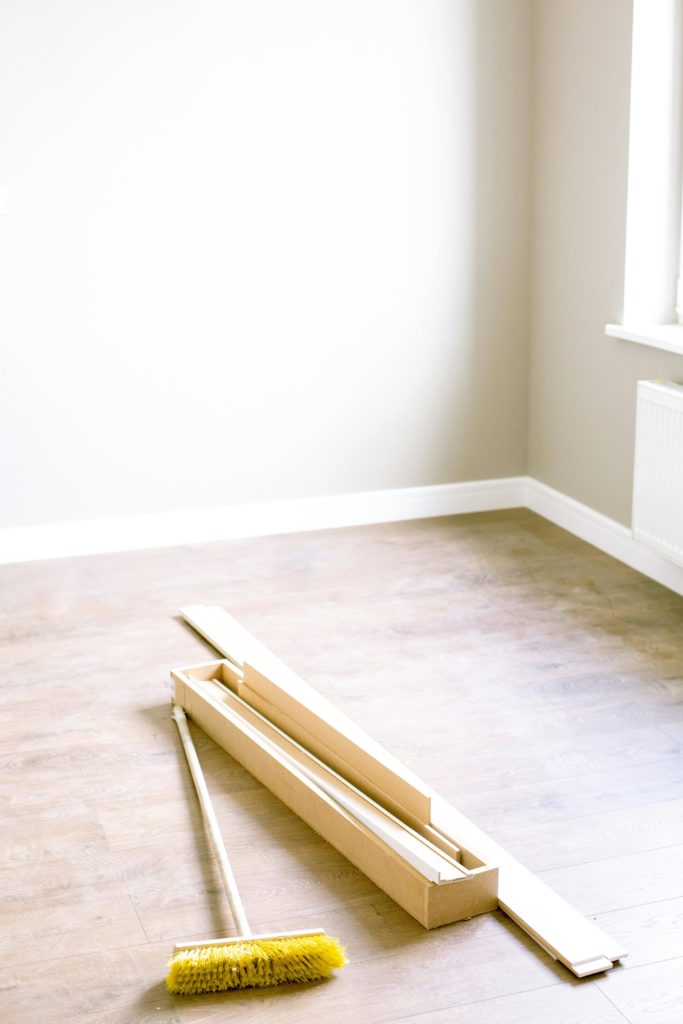
If a wood floor needs some TLC, a homeowner might be considering whether to completely replace a floor or to just fix what is needed.
A good rule of thumb is to consider whether some scratches or damaged areas on wood floors can easily be fixed.
For instance, wooden floors with only superficial damage can easily be restored.
On the other hand, severely damaged hardwood flooring or old wooden floorboards that have rot or water damage might need to be replaced completely.
In some cases, only individual wooden floorboards might need to be replaced, so check with a professional floor fitter team about what the best option would be for your wood floor restoration.
When should you not refinish hardwood floors?

One clear sign that your floors need restoration and not just refinishing is when your floor surfaces are severely damaged or buckled.
Never attempt to refinish a floor with a warped surface – rather replace your hardwood floors, or else you could end up with uneven surfaces that could become tripping or slipping hazards.
Is it better to keep original hardwood floors?
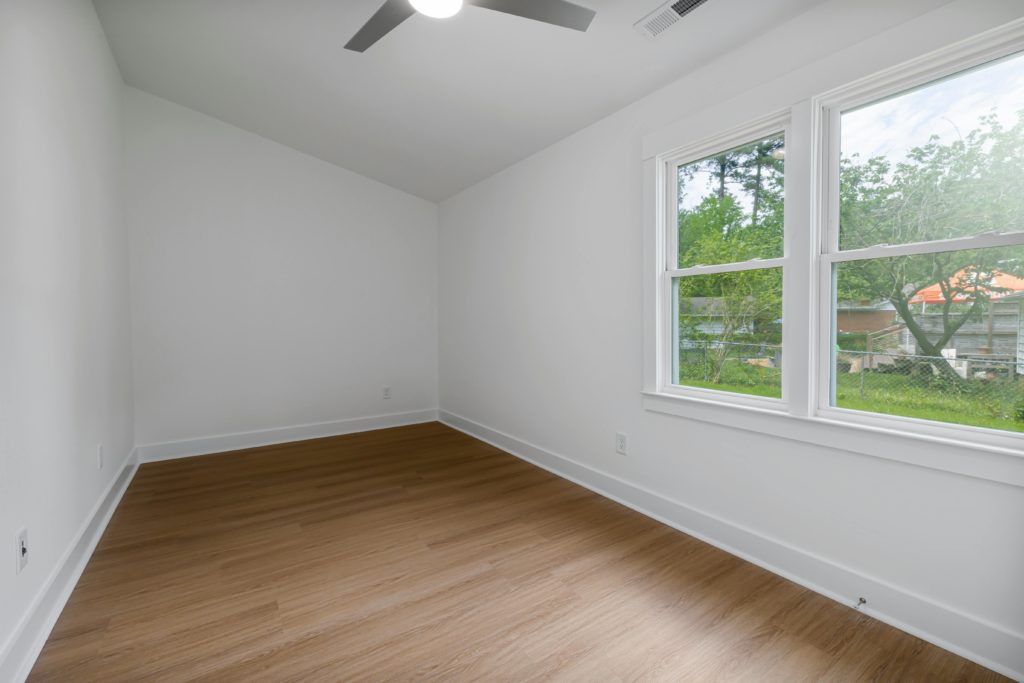
If a hardwood floor is not damaged beyond repair or is not too thin, due to repeat sanding, it can still be kept and maintained as you usually would wooden floors.
Do remember that sanding the floor repeatedly will eventually cause it to become thinner, which could mean repairs might not be enough and replacement could become the only option.
How often should wood floors be redone?
Flooring thickness can play a big role in how often you will be able to sand it.
Typically, you can sand a floor between four and six times during its lifetime.
You can refinish your floors around seven to ten years, but do check with your professional floor fitment team what would be best for your specific flooring materials.
Checklist for maintaining your wood floor

First considerations
- Determine the type of wood floor you have, including the type of wood and finish.
- Check the thickness of the planks to ensure they are at least 2mm deep.
- Assess the condition of the floor, including any damage, scratches, or stains.
- Consider the age of the floor and whether it has been previously restored.
- Check for any signs of water damage or warping.
Consider your restoration options if needed
- Evaluate the extent of the damage to determine the best course of action.
- Consider whether the damage is superficial or if it requires more extensive repairs.
- Assess whether the floor can be restored or if it needs to be replaced.
- Consider the cost and time required for restoration versus replacement.
DIY refinishing vs. hiring a pro: Which option is best to restore hardwood floors?
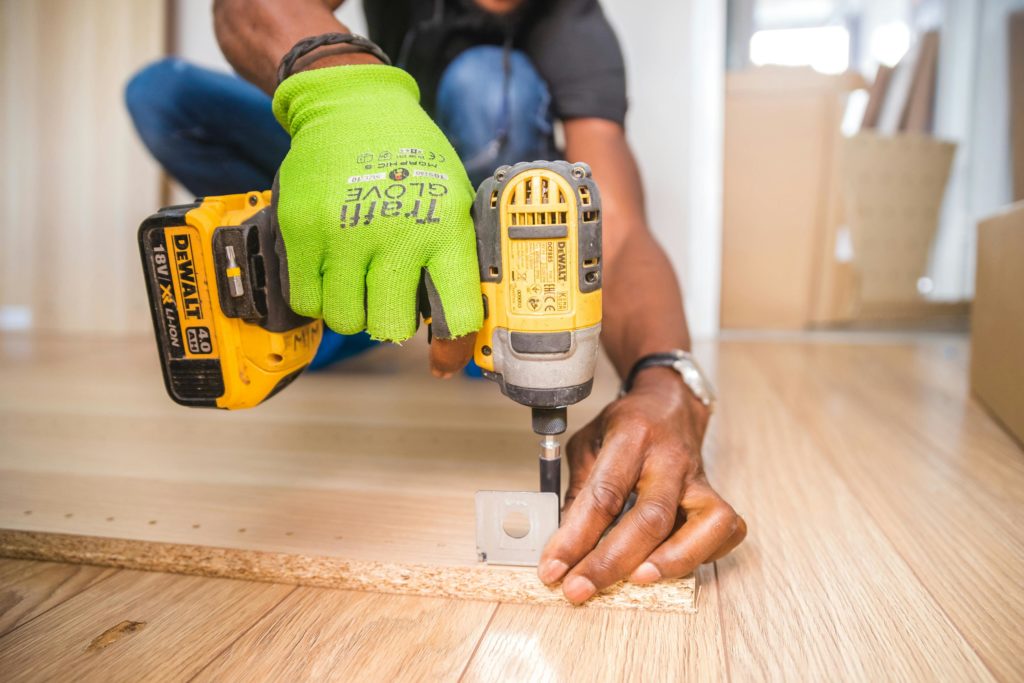
Not sure which route to follow for a restoration process?
Here are some tips for fixing damaged flooring:
Considerations for DIY refinishing
- Consider the cost and time required for DIY refinishing versus hiring a professional.
- Assess your level of expertise and experience with refinishing hardwood floors.
- Consider the potential risks and challenges of DIY refinishing, including uneven finishes and damage to the floor.
When to hire a professional
- Hire a professional if you are unsure about the process or lack experience.
- Consider hiring a professional if the floor is severely damaged or requires extensive repairs.
- Hire a professional if you want a high-quality finish and are willing to pay for it.
Cost and maintenance of solid wood floors

Cost considerations
Sanding and refinishing can usually cost £250 to £300 per 10m2.
Do remember that the cost of refinishing wood floors can vary depending on the size of the floor, the type of wood, and the desired finish.
Also, factor in the cost of materials, labour, and equipment when calculating the total cost.
Maintenance tips for wood floors
To keep your floor surface looking its best for longer, it is important to sweep or vacuum the floor regularly to remove dirt and debris.
Mop the floor with a hardwood floor cleaner and water, taking care to not use a sopping wet mop, which can damage the wood.
Also, apply a wood floor polish or finish as part of your solid wood floors maintenance to protect the wood and maintain its appearance.
Need more information about a wood floor restoration?

Wood floor restoration can revitalise your space and increase its value, which makes it worth considering the benefits it offers, including improved appearance and extended lifespan.
Assess your options and choose the best course of action for your wood floor.
If you are ready to restore hardwood floors professionally, our expert team would be happy to assist you with advice for a floor restoration and a free quote on how to get your food flooring back to its former glory.
Contact us today – we look forward to hearing from you and providing options to help your solid wood floors look their best!

